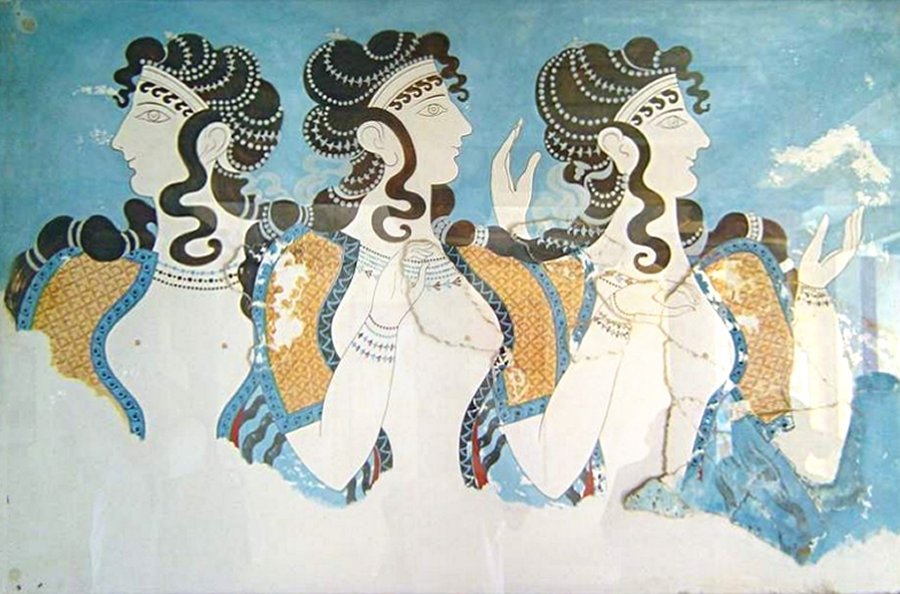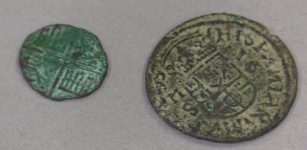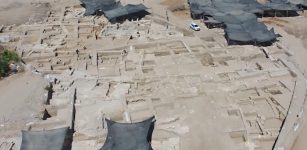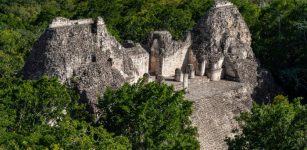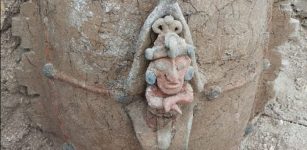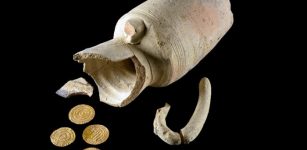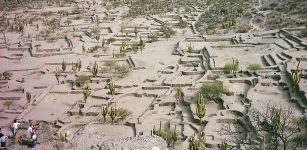Genetic Mystery Solved: Ancient DNA Reveals Greeks Descended From The Minoans And The Mycenaeans
AncientPages.com - The ancient Greeks are considered one of the most famous civilizations in Europe, but where did they have their beginnings?
DNA samples from thousands of years ago show the Ancient Greeks descended from two even more distant peoples, but who were these people? A new analysis provides an answer to a longstanding genetic mystery.
A Mycenaean woman depicted on a fresco at Mycenae on mainland Greece. Image credit: Yann Forget
Ancient DNA reveals modern Greeks descended from two powerful, yet little known civilizations – the Minoans and the Mycenaeans.
A study conducted by an international team of researchers from the University of Washington, the Harvard Medical School and the Max Planck Institute for the Science of Human History, together with archaeologists and other collaborators in Greece and Turkey, report the first genome-wide DNA sequence data on the Bronze Age inhabitants of mainland Greece, Crete, and southwestern Anatolia.
Scientists compared the Minoan and Mycenaean genomes to each other and to more than 330 other ancient genomes and over 2,600 genomes of present-day humans from around the world.
Study results show that Minoans and Mycenaeans were genetically highly similar - but not identical - and that modern Greeks descend from these populations.
The Minoans represented one of the oldest cultures of the Bronze Age in the Mediterranean area and the first major Aegean civilization comparable in its achievements to the older ones such Egypt, Mesopotamia and Anatolia.
The Mycenaean civilization developed in mainland Greece in the second millennium before the Common Era. It shared many cultural features with the Minoans. They used the Linear B script, an early form of Greek.
The Minoans and the Mycenaeans migrated from Anatolia to Greece and Crete thousands of years prior to the Bronze Age. Modern Greeks, in turn, are largely descendants of the Mycenaeans, the study found.
Minoans, Mycenaeans, and modern Greeks also had some ancestry related to the ancient people of the Caucasus, Armenia, and Iran. This finding suggests that some migration occurred in the Aegean and southwestern Anatolia from further east after the time of the earliest farmers.
Researchers say that “the Minoans were also the first literate people of Europe and the Mycenaeans used an early form of written Greek when they emerged a thousand years into the Minoan reign.
“While the new study does not resolve all the outstanding questions, it provides key answers,” according to the scientists.
“Importantly, the findings disprove the widely held theory that the Mycenaeans were a foreign population in the Aegean and were not related to the Minoans. The results also dispel the theory that modern Greeks did not descend from the Mycenaeans and later ancient Greek populations.”
The Mycenaeans did have an important difference: They had some DNA—4% to 16%—from northern ancestors who came from Eastern Europe or Siberia. This suggests that a second wave of people from the Eurasian steppe came to mainland Greece by way of Eastern Europe or Armenia, but didn’t reach Crete, says Iosif Lazaridis, a population geneticist at Harvard University who co-led the study.
AncientPages.com


